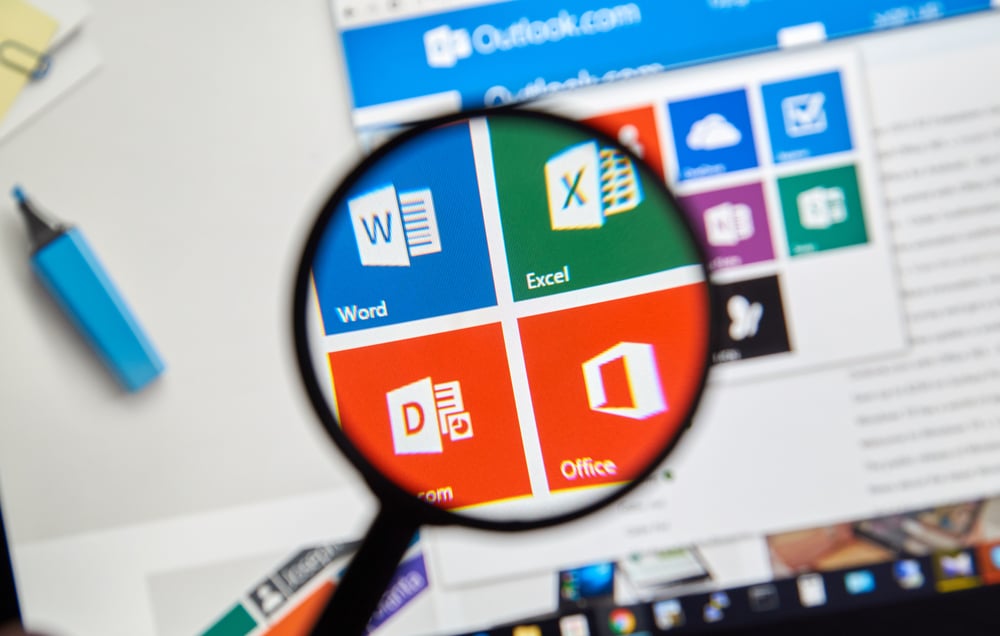Microsoft Office Add-in Certifies Documents on Bitcoin & Ethereum Blockchains

Microsoft has created an add-in for Microsoft Office utilizes Stampery, a blockchain-based timestamping architecture that verifies and certifies documents. Stampery has added Microsoft Office as a client to improve its customer reach, according to Microsoft.
Stampery provides a public API so users can integrate their own applications with its timestamping architecture and have transparency, accountability, and attribution. The Stampery timestamping architecture focuses on scalability and efficiency while ensuring ownership using cryptographic proofs that can be independently verified, according to the company’s website . The architecture combines bitcoin and Ethereum anchoring to have certainty and responsiveness simultaneously.
Meeting An Enterprise Need
The Stampery API addresses the challenge enterprise organizations face keeping records in Microsoft Office.
Enterprise organizations have addressed this challenge in the past by hiring certification and storage providers, but the client must rely on the company ensuring the privacy.
An alternative is to create a hash of the document and send it to a blockchain. It can then not be changed without invalidating the hash.
Stampery creates hashes of documents and stores them on both the bitcoin and Ethereum blockchains. To ensure this function, it provides a RESTful API.
Microsoft leveraged the Stampery API to develop an add-in to Microsoft Outlook that functions like a near-native feature to certify an email while remaining in Outlook.
How It Works
The certification button calls a JavaScript Office function that hashes the document and transmits the sha256 hash to a Node.js server as a REST call. The server runs as an Azure App Service, keeping a copy of the hash for verification. Stampery then puts the hash on the bitcoin and Ethereum blockchains.
The verification button calls the Javascript function from the certification process again, then hashes the document and sends the hash to the Node.js server as a REST call. The server then calls the Stampery API to access the document’s original hash from both blockchains. It compares the hashes and verifies the result.
The Microsoft add-in is deployed in JavaScript operating in Office with a Node.js server. There is a manifest in Office allowing add-ins for the document and functions providing the service. The Node.js servicer offers the REST service to link to the Office functions and the Stampery API.
The JavaScript that runs in Office provides stamp and prove functions. The functions retrieve the document, not the metadata, from Office, then hashes it. The hash then posts to the Node.js server, or the server requests the proof of the hash.
More Upgrades Ahead
The Stampery API will be enhanced to include secure hash storage so the in-memory object is no longer needed.
The Stampery API helps users deploy the most secure method for storing hash and document. Enterprise customers depending on Microsoft Office can use blockchain technology and Stampery to confirm the validity of documents.
The solution is reusable for enterprise resource planning applications and Microsoft Office products. Anyone seeking to verify and certify digital assets can build on this capability.
Featured image from Shutterstock.